Is Honey Good for You?
It’s been eulogised in holy scriptures, but is honey actually good for you?
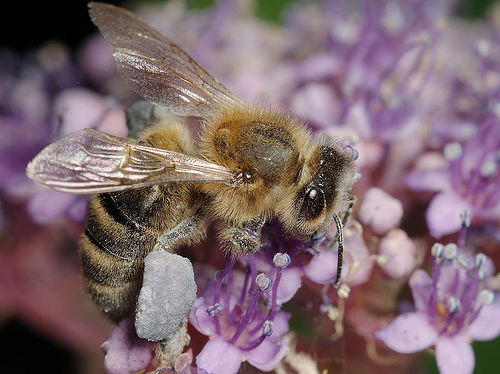
Fig 1: Apis mellifera, the Western or European honey bee © All rights reserved, Lord V1
Honey has been eulogized in the scriptures of every major religion since the dawn of time, but is the “food of the gods” really that good for you? Yes – in moderation.
Natural honey is valued for its sweetness, and is chock full of unexpected goodness. Because it’s predigested by insects many people who can’t stomach cane sugar can more easily metabolize honey and enjoy its natural energy – so it’s almost the perfect food.
Honey is composed of two main sugars, levulose and dextrose. These sugars do not need to be broken down by the digestive process, so honey is quickly absorbed into the bloodstream, giving a quick energy boost to the body. It also contains protein, vitamins and minerals, but no cholesterol. Honey has certain potassium salts that make it a phenomenal moisture absorber and a great killer of germs and bacteria. In fact, honey kills bacteria more effectively than some antibiotics.
This also helps it draw excess fluid from the blood stream, lowering blood pressure. Honey, if taken on an empty stomach with water and lemon, reduces obesity and weight. Beauticians recommend using it liberally for a glowing complexion and silky hair. If taken at night with hot milk, it cures constipation.
Honey has been used in many medical applications over the years, but recent studies are now able to prove its benefits as a topical antibacterial treatment for burns and ulcers.
Known antioxidant compounds in honey are chrysin, pinobanksin, vitamin C, catalase, and pinocembrin. Unlike most other sweeteners, honey contains small amounts of a wide array of vitamins, minerals, amino acids, and antioxidants, which include a wide array of vitamins, such as vitamin B6, thiamin, niacin, riboflavin, and pantothenic acid.
In addition, honey contains essential minerals including calcium, copper, iron, magnesium, manganese, phosphorus, potassium, sodium, and zinc as well as several different amino acids have been identified in honey. Dark honey has more nutrients than lighter varieties. Vitamin and mineral content depend on the floral source of the honey. Honey has less than 2% sodium.
Because of its antibacterial properties, pure honey can be preserved indefinitely.
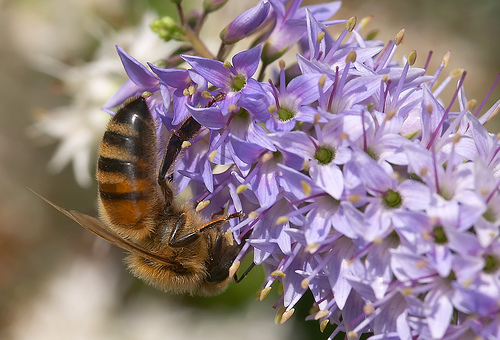
Fig 2: Apis mellifera on a Hebe bloom. © Lord V.
Are there different flavors of honey?
Single varietal honeys are creating quite a buzz in the gourmet food scene these days, but this trend is nothing new to beekeepers. Honey is a natural product that has always been highly dependent on the local environment in which the bees gather their nectar. Much like wine regions and coffee regions, different honey regions also exist.
For the first time in the history of apiculture, beekeepers are now being encouraged by food connoisseurs to situate their hives in areas that will allow honey bees to frequent one particular plant. The hope is that these insects will then produce a unique flavor that cannot be replicated anywhere else in the world.
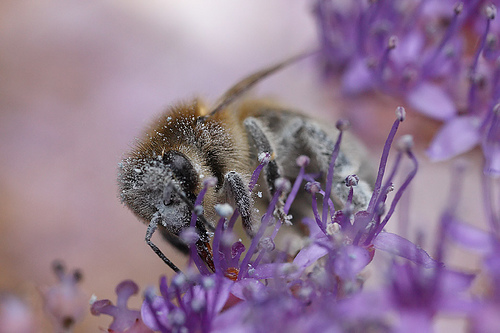
Fig 3: Honey bee on a Lace Hydrangea. © Lord V.
Perhaps the first and most popular flavor to be recognized in Canada is Buckwheat Honey, which is a really dark honey with a VERY distinctive taste and aroma. Harvested in mid-August, the buckwheat plant blossoms for about ten days before going to seed in the fall. Unfortunately not many Canadian farmers grow buckwheat anymore, and so this highly coveted product is becoming very rare indeed. When my dad, brother and uncle spy a field of buckwheat that’s about to bloom they quickly move a dozen hives as close as possible. Unlike wild flowers that grow randomly in meadows and fence rows, farmer’s fields are the best places to harvest single varietal honey crops. Here’s a huge concentrated source, and to ensure purity my family will harvest it as soon as possible.
The most interesting single varietal crop harvested in Ontario, Canada has got to be something called Purple Loosestrife. Botanists may be familiar with this plant, which is quite controversial. It originated in Asia and first appeared in Canada about twenty years ago. Since that time it has invaded and subsequently dominated of most of the province’s wetland. Natural lovers and bird watchers fear it’s destroying the marshes and have organized armies of high school students to pull these plants right out of the ground and thereby SAVE THE SWAMPS. Beekeepers however love this plant – with its roots firmly embedded in the quagmire it always flowers, even in the driest seasons, and it yields a marvelous tasting honey with a very interesting tang – it’s a single varietal honey with a complicated taste. When preserved in glass, Purple Loosestrife Honey has a slight green / blue tint.
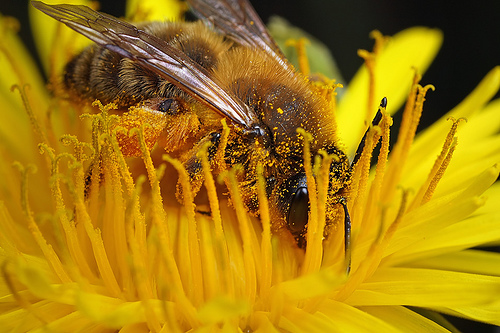
Fig 4: Honey bee diving for pollen in a dandelion. © Lord V.
American beekeepers are proud of their Pumpkin Blossom Honey which is a dark amber-colored liquid with a robust aroma and flavor. And California’s Black Button Sage Honey is absolutely excellent when served with vanilla ice cream. And of course the Savannah region’s Tupelo Honey is probably the most famous varietal honey of them all.
Harvested over two or three weeks in the early spring, tupelo nectar is one of the rarest and most valuable liquid resources in the world.
Yes the golden age of honey has finally arrived, and North American consumers owe it to their own taste buds to ignore Billy Bee’s plastic tubs in the supermarket – cheap Argentinean Chinese honey blends that are practically inedible – and sample a single varietal honey from a local beekeeper in their area.
Roberiffic
This article was written by EthicalSuperstore.com contributor Roberiffic.
Rob’s from Canada, and don’t tell anyone I told you this, but Rob is also the Fuel Ghoul. We’ve been admiring the ghoul’s work for quite a while now, but he seems to have gone a bit quiet of late. No doubt he’s off social networking.
We hope you enjoyed the article!

EthicalSuperstore.com used to recommend that you try Tropical Forest’s fairtrade labelled Organic Forest Honey, but this seems to have been discontinued.
Using sustainable methods of gathering honey from wild bees in the forests of north west Zambia, beekeepers hang their bark hives high in the trees out of reach of honey badgers and army ants.
Wild swarms occupy the hives and start filling them with honeycombs. After a couple of years the beekeepers return, climb the trees and take off half the honey, leaving half for the bees.
Find more ethically produced honey at Ethical Superstore.
» 1. ^All the photography in this article has been used with the kind permission of Lord V, one of our long term Flickr contacts. All photographs in this post are © All rights reserved.
Drop by and show your appreciation for the finest macro photographer on Flickr and be amazed! Enjoy! 🙂

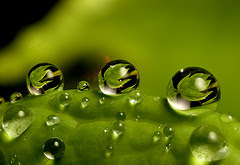

I’ve enjoyed your article especialy where you refer to the purple loosestrife honey found in Ontario. I first bought it at a fair in Bolton Ontario and I enjoyed it so much but have not been able to find it since. I would be very greatful if you had info on where I can buy some in Ontario. Thank you very much